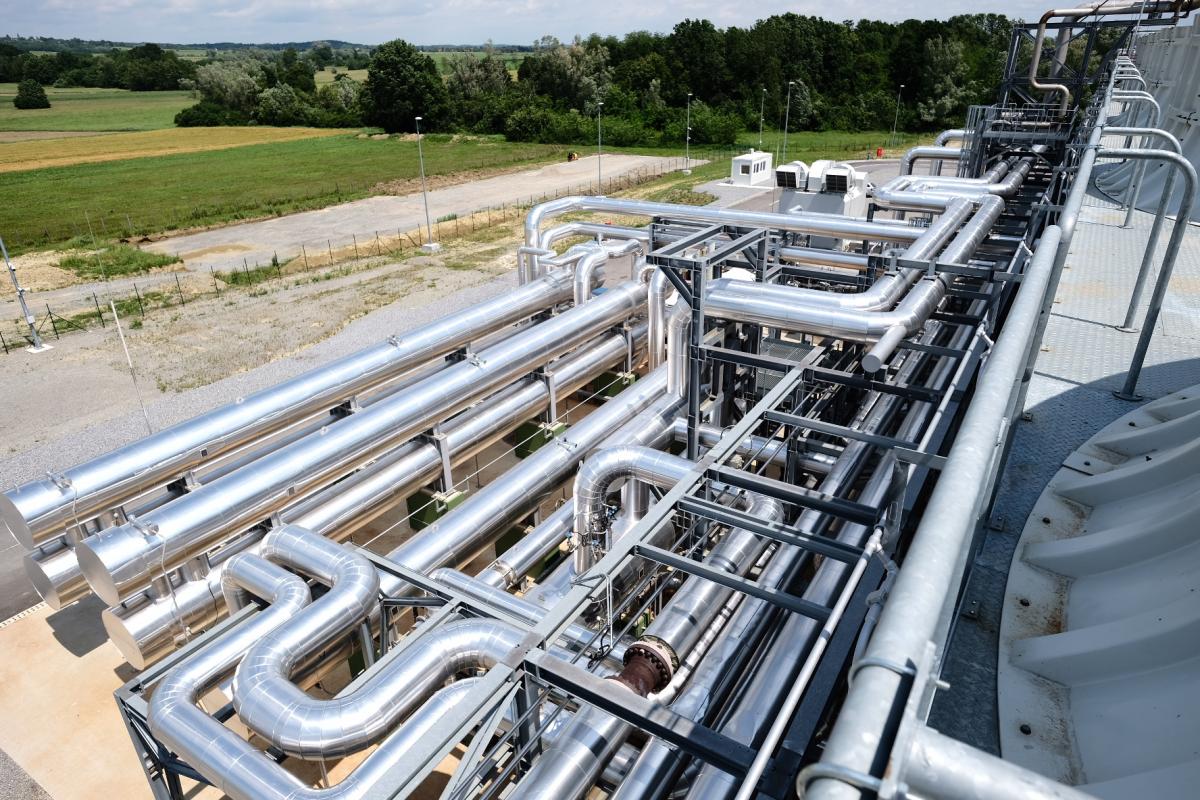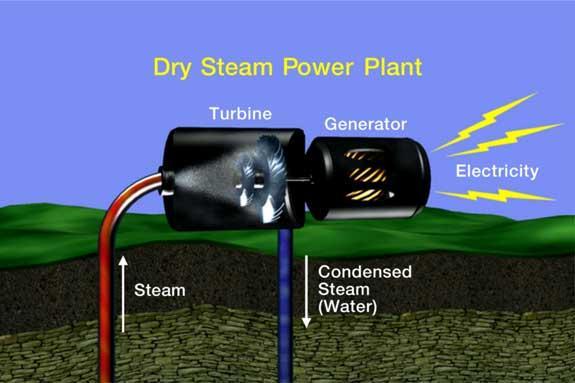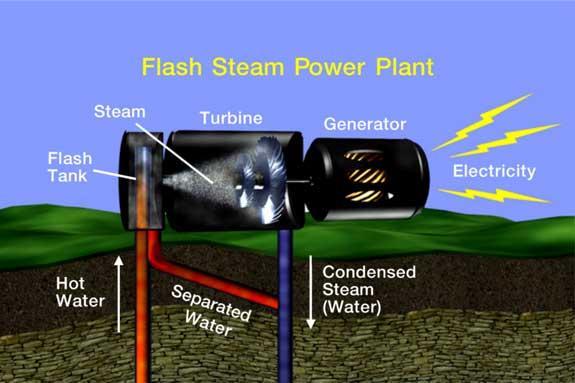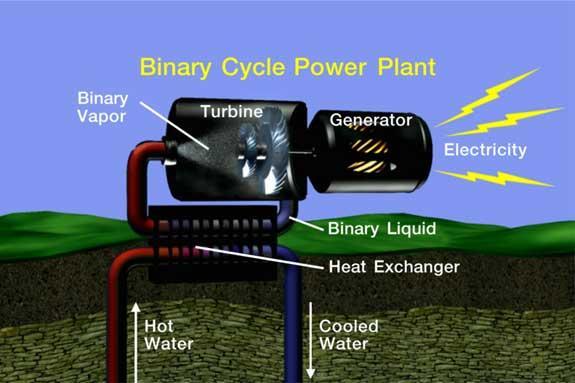How Geothermal Power Plants Provide Clean Energy

We recently used this space to look at the variety of ways that geothermal energy can be utilized. Today, let's hone in specifically on geothermal power production and look at the different ways that electricity can be generated from geothermal energy.
There are primarily three types of geothermal power plants: dry steam, flash steam, and binary cycle. Each of them uses hot water, steam, or a combination of the two to create power.

Dry steam power plants use steam from underground to operate a turbine, which produces power. Dry steam plants were the earliest type of geothermal power plants built, the first of which was built in Larderello, Italy in 1904.
You can see dry steam power production in action at The Geysers in California. The Geysers are the world’s largest single source of geothermal power.

Flash steam power plants are the most common type of geothermal power plants in use today. Hot water (ranging from 360°-700°F) is pressurized at high levels and pumped from the earth into a tank at the surface with much lower pressure. When the pressure is reduced, it causes the water to turn to steam, or "flash". This steam drives the turbine, which produces power.
Flash steam plants come in single, double and triple varieties, denoting the number of times the water is "flashed" into steam.

In a binary power plant, pressurized hot water (below 400°F ) passes through a heat exchanger along with a second fluid (hence, the term binary) that has a much lower boiling point. This causes the second fluid to "flash" into vapor, which drives the turbine and generates electricity.
This type of power plant is considered a closed loop system because almost nothing except water vapor is emitted into the atmosphere. Because it’s such a clean source of energy, much of the geothermal electricity in the future could come from binary power plants. In fact, the vast majority of new geothermal plants in the U.S. since the year 2000 have been binary cycle plants.

